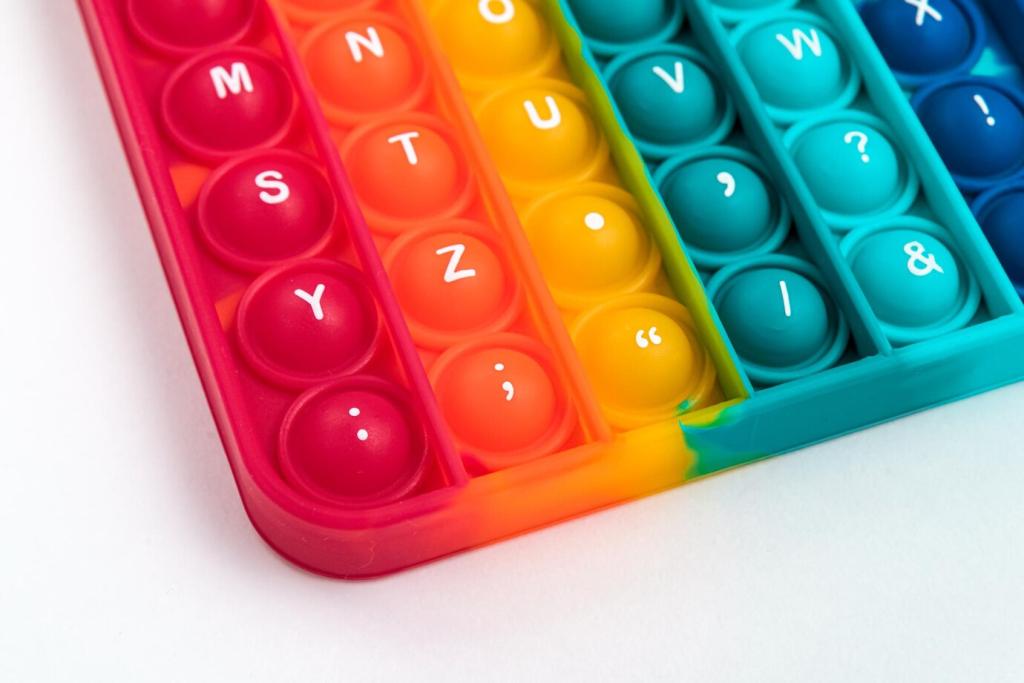Categories of Kids’ Robotics Kits That Shine in Learning
Brick‑based educational robotics kits for kids, like LEGO Education SPIKE or VEX GO, support intuitive building and quick success. Visual coders can prototype mechanisms rapidly, test behaviors immediately, and iterate without fear, reinforcing design thinking and playful experimentation from the first session.
Categories of Kids’ Robotics Kits That Shine in Learning
App‑centric kids’ robotics kits, such as Sphero BOLT or Dash, transform phones and tablets into creative command centers. With colorful interfaces, immediate feedback, and guided challenges, children see code come alive, strengthening sequencing skills and building enthusiasm for deeper robotics concepts.






